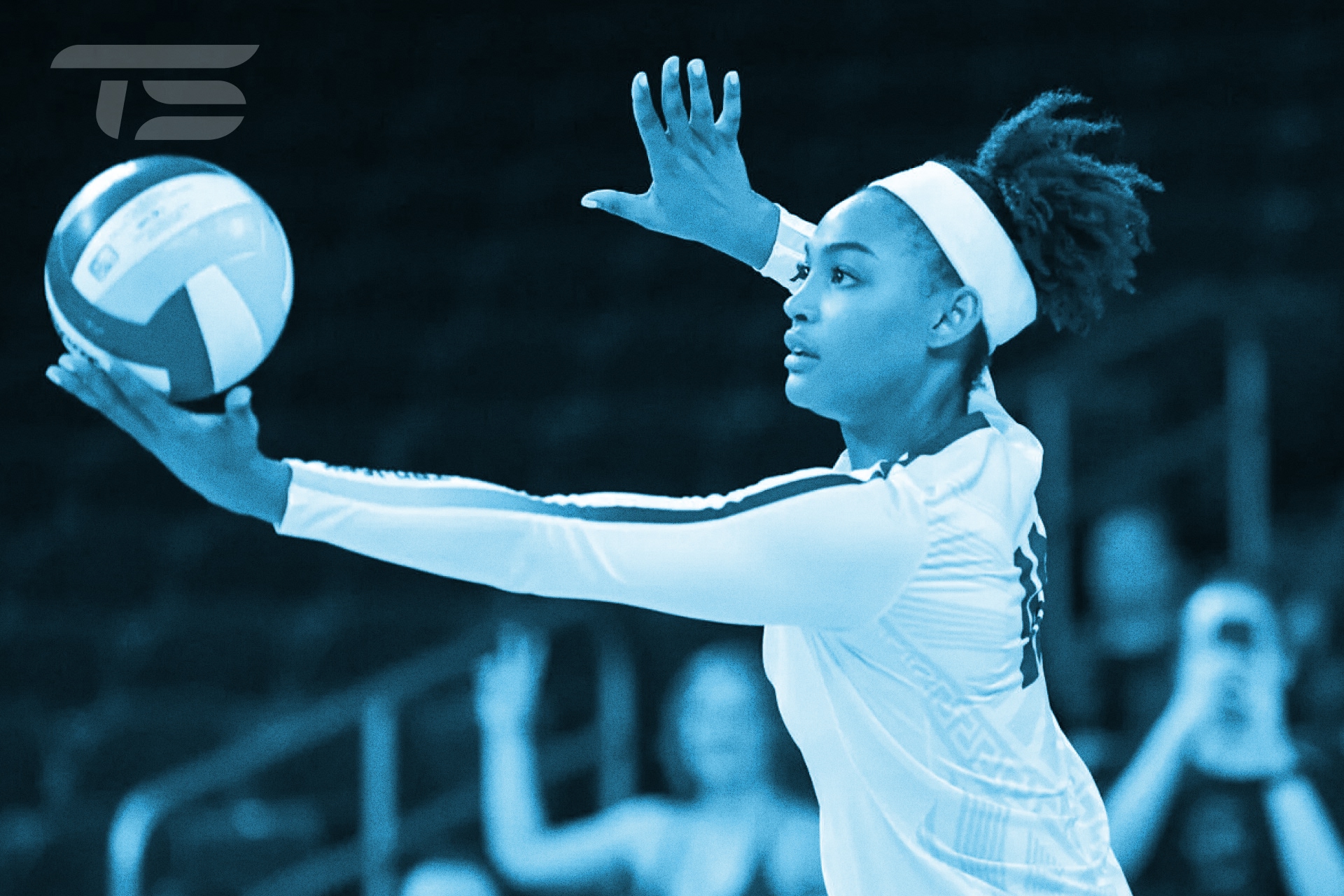A Guide to How Volleyball Players Can Protect Their Rotator Cuffs
Key Takeaways
- Research demonstrates that 88.5% of elite volleyball athletes show rotator cuff tendinosis with 65.4% having partial tears
- Clinical studies reveal that 80% of volleyball shoulder injuries link directly to spiking movements and repetitive overhead stress
- Prevention programs prove that targeted warm-up routines significantly reduce shoulder injury rates in young volleyball players
Every spike sends shockwaves through your shoulder. Every serve tests your rotator cuff. For competitive volleyball players, shoulder injuries represent the biggest threat to your season besides ankle sprains.
Understanding what creates shoulder breakdown and how to prevent it keeps you on the court instead of the sidelines. Athletes dealing with shoulder pain need specialized care addressing the sport-specific movements causing problems, not generic physical therapy approaches.
At True Sports Physical Therapy, we work with overhead athletes year-round and understand exactly what volleyball demands from your shoulders.
Why Volleyball Destroys Shoulders
The volleyball shoulder experiences unique stress patterns. Hitters generate massive forces during spiking, with research documenting internal rotation torques reaching 44 Newton-meters and ball speeds approaching 28 meters per second.
That's explosive. And repetitive.
Outside hitters face maximum risk. Research shows that 56.6% of competition-related shoulder injuries occur in outside hitters. The cross-body spike mechanics place tremendous stress on posterior rotator cuff muscles during the deceleration phase.
Setters accumulate different damage. While generating less explosive force than hitters, setters perform hundreds of overhead repetitions per practice. This volume creates cumulative rotator cuff stress through sustained muscle activation at extreme shoulder elevation.
Studies tracking overhead swing volume reveal that volleyball athletes average 47 total swings per pre-season session compared to 37 during regular season. That's nearly 30% more shoulder stress when your body hasn't adapted yet.
Early Warning Signs You Can't Ignore
Rotator cuff problems develop gradually before becoming season-ending. Pain with overhead reaching appears first, typically localized to the front and top of the shoulder. Athletes notice discomfort when spiking or serving, particularly as fatigue accumulates.
Clicking or catching during shoulder movement suggests mechanical problems developing. Night pain disrupting sleep indicates inflammation significant enough for evaluation. Performance declines appear subtle initially but progressively worsen.
Weakness develops as function deteriorates. Hitters notice reduced power or decreased accuracy. Setters struggle maintaining consistent hand position overhead. These changes demand attention before minor dysfunction becomes major pathology.
Position-Specific Prevention Strategies
For outside hitters, focus on posterior rotator cuff and scapular retractor strengthening. The deceleration demands of high-volume hitting create maximum stress on these structures. Eccentric strengthening specifically targeting external rotators reduces injury risk dramatically.
Monitor total swing counts during pre-season when injury rates spike. Research confirms that musculoskeletal injury frequency reaches 2.9% during pre-season versus 1.1% during regular season. Gradual volume increases allow tissue adaptation.
For setters, endurance-focused training maintains rotator cuff function throughout extended sessions. Volume tolerance training addresses cumulative stress from repetitive overhead positioning. Interval training alternating work and rest mirrors actual setting demands better than continuous exercises.
For all positions, scapular stabilization exercises prove critical. Y, T, W, and L exercises target scapulothoracic muscles while requiring core stabilization. These movements counteract the protracted, elevated scapular positions volleyball athletes develop.
Progressive external rotation training should advance through multiple shoulder positions. Start with arm-at-side exercises before progressing to overhead positions matching volleyball's functional demands.
Smart Training Volume Management
The biggest mistake volleyball athletes make is ignoring cumulative stress. Your shoulder doesn't recover between morning practice and afternoon hitting sessions. Tissue breakdown accumulates faster than adaptation occurs.
Track your total overhead swings weekly. Research on collegiate athletes shows that practices generate twice as many swings as matches. If you're hitting 300+ times weekly without structured recovery, you're gambling with rotator cuff health.
Strategic rest matters more than constant training. Studies confirm that monitoring strength changes throughout seasons provides critical injury prevention data. Professional volleyball programs worldwide now implement regular shoulder screening to catch problems early.
Getting Professional Help
Shoulder problems don't heal themselves. The repetitive nature of volleyball means that even minor dysfunction compounds rapidly without intervention.
At True Sports Physical Therapy, we specialize in overhead athlete rehabilitation. Our approach addresses both the injury and the biomechanical factors creating shoulder stress in the first place. We work with volleyball athletes at every competitive level, from youth club players through collegiate competitors.
Our Bethesda and Columbia locations serve many of the region's most competitive volleyball programs. We understand the training schedules, tournament demands, and performance pressures you face.
Don't let shoulder pain cost you your season. Early intervention prevents minor problems from becoming major setbacks.
Schedule your consultation today or call (240) 541-5241 for Bethesda or (443) 979-8535 for Columbia.
Frequently Asked Questions
How common are shoulder injuries in volleyball?
Shoulder injuries account for approximately 25% of all volleyball injuries, with outside hitters facing the highest risk. Research on elite athletes reveals that 88.5% show rotator cuff tendinosis even without symptoms limiting play.
Can I keep playing with shoulder pain?
Minor discomfort managed with proper warm-up and strengthening often allows continued play. However, sharp pain during hitting, night pain, or performance-affecting weakness requires professional evaluation before continuing.
What exercises prevent volleyball shoulder injuries?
External rotation strengthening, scapular stabilization exercises, and dynamic control training provide the most effective prevention. Structured programs performed three times weekly reduce injury incidence significantly.
How long does rotator cuff recovery take?
Recovery timelines vary based on severity. Minor inflammation typically requires four to six weeks of modified activity. Partial tears may need eight to twelve weeks before full volleyball return.
Do setters need the same prevention as hitters?
Setters face different but significant risk from high-volume overhead positioning. They particularly benefit from endurance-focused strengthening maintaining function throughout extended training sessions.

































































































.jpg)
.jpg)

